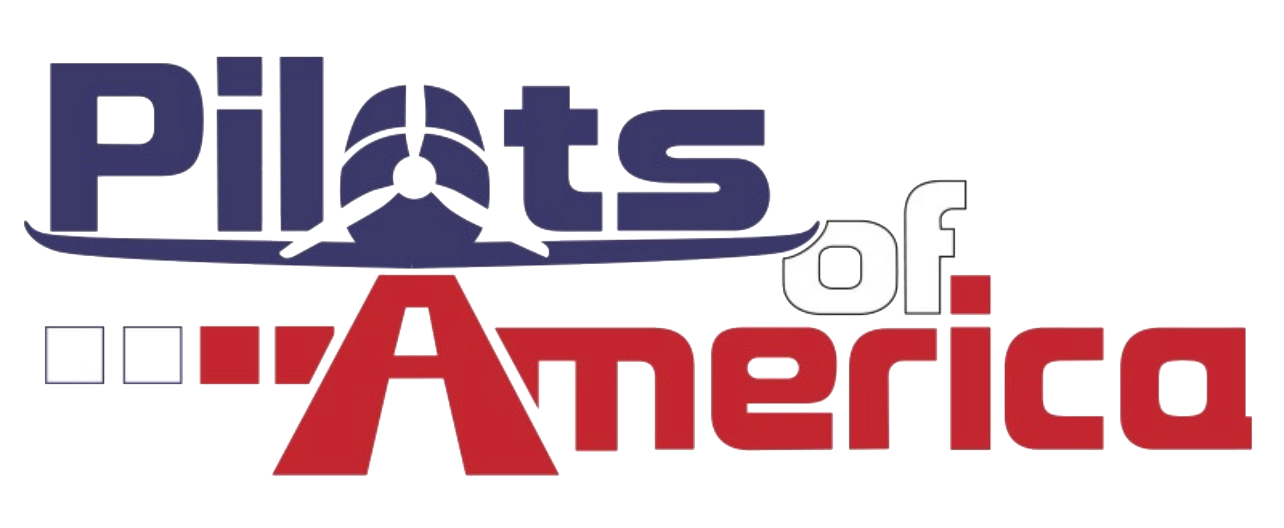Taking a look at the Archer II vs Archer III POHs (I own a II), I noticed that the best economy fuel burn rates listed are quite different, and they're quite a bit higher for the Archer III.
Here are the numbers:
% power Archer II Archer III
55 6.3 8.2
65 7.6 9.5
75 8.8 11.0
The Archer III manual doesn't list best power fuel burn, but all the best economy numbers for it are even higher than the best power rates for the Archer II.
Does anyone here know why these numbers would be so different? The two models (which are both PA28-181s) have the same engine, the props are virtually the same (only difference is space length), similar power setting chart numbers, and the cruise mixture adjustment procedures are virtually identical.
Thanks in advance for any info that might be useful in figuring this out. In the meantime, I'm tempted to use the Archer III burn rates for safety's sake!
Here are the numbers:
% power Archer II Archer III
55 6.3 8.2
65 7.6 9.5
75 8.8 11.0
The Archer III manual doesn't list best power fuel burn, but all the best economy numbers for it are even higher than the best power rates for the Archer II.
Does anyone here know why these numbers would be so different? The two models (which are both PA28-181s) have the same engine, the props are virtually the same (only difference is space length), similar power setting chart numbers, and the cruise mixture adjustment procedures are virtually identical.
Thanks in advance for any info that might be useful in figuring this out. In the meantime, I'm tempted to use the Archer III burn rates for safety's sake!

